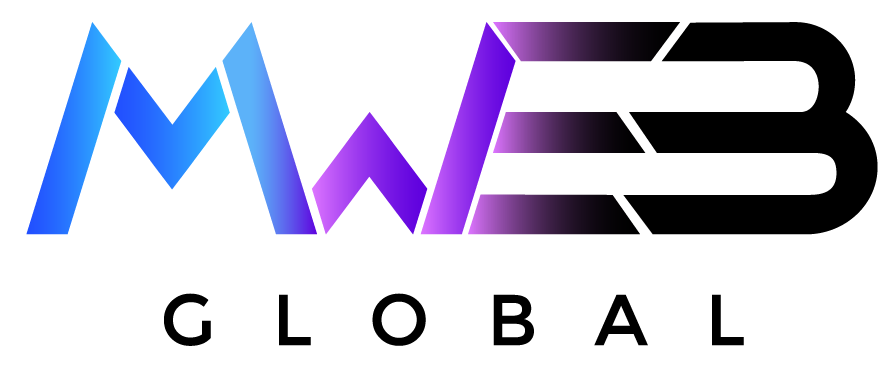In today’s interconnected business landscape, going global isn’t just an aspiration, it’s a necessity. If your website speaks only one language and targets only one region, you’re leaving growth on the table. At Microweb Global, our Search Engine Optimization (SEO) services empower you to reach new markets by combining multilingual SEO and strategic international link-building.
Why multilingual SEO matters?
Expanding your online presence internationally requires more than just translation. You need to optimize for how search engines and users in each target market think , which is where multilingual SEO becomes a game changer. Research shows that global brands leveraging multilingual strategies see substantial lifts in organic traffic: for example, one study noted an average 58 % increase in traffic from multilingual SEO. (Ahrefs)
By implementing dedicated URLs, correct language tags, and localised metadata, you signal search engines clearly and avoid duplicate content pitfalls. (Weglot) Meanwhile, users prefer browsing in their native language. Around 90 % of users do not use English as their default language for search. (acolad.com)
Core elements of a multilingual SEO strategy
To make your global SEO strategy truly effective, you’ll want to address:
- Target-market research: Identify which languages and regions matter most for your business.
- URL structure: Use structures like /fr/, /de/, or country domains to distinguish language versions. Dedicated URLs help indexing and avoid content confusion.
- Hreflang tags & metadata: Ensure each language version is properly marked so search engines deliver the right content to the right audience.
- Localized keyword research: Don’t just translate your keywords research what users in each market are actually searching for.
- Technical optimization & user experience: Ensure page load times, mobile performance and hosting are geared for global reach. Sluggish pages will hurt rankings regardless of translation.
Why international link-building amplifies impact
Once your site is optimised for multiple languages, the next pillar is building authority across regions this is where international link-building comes into play. Simply having strong content isn’t enough; you need trusted, local links in your target markets to signal relevance and authority.
For example:
- Build relationships with local influencers and sites in each target country to secure backlinks that carry regional trust.
- Guest posts and region specific content help you earn links from authoritative domains in that locale.
- Use native language anchor texts and content that resonates culturally not just direct translations. These practices can dramatically improve local search rankings.
Best practices for your global SEO link profile
When you’re building links internationally, make sure you adopt ethical, sustainable tactics:
- Prioritise relevance over volume: A single high-quality link from a respected local site beats dozens of generic links.
- Avoid manipulative schemes: Paid links, link farms and other black-hat tactics can trigger penalties, especially across varied markets.
- Monitor your link profile and performance per region using tools like Google Search Console, Ahrefs or Moz. Keeps you proactive.
- Use local citations and directories as foundational link sources in each locale , these help build trust and regional relevance.
Why Microweb Global is your ideal partner for global SEO
At Microweb Global, our SEO service page emphasizes delivering tailored strategies for international markets. Whether you’re expanding into Europe, Asia or Latin America, we bring together multilingual optimization + international linking for maximum impact.
We do more than “translate your site” we research, localize and implement full-fledged multilingual SEO and international link-building frameworks that align with your global growth goals.
Quick roadmap: Getting started
- Define your priority markets and choose 1-3 languages to target first.
- Audit your existing website: URL structure, hreflang tags, metadata, speed.
- Perform keyword research specific to each language/region and create localised content.
- Build a regional link-building plan: local influencers, guest posts, native anchor text.
- Track performance per language regionally (traffic, rankings, conversion) and iterate.
Final thoughts
f you’re serious about global expansion, you can’t afford to ignore the twin pillars of multilingual SEO and international link-building. With the right engineering, local content strategy and linking plan, you open your brand to markets and audiences your competitors may not yet be reaching.
At Microweb Global, we’re ready to help you seize that opportunity.
Visit : https://microweb.global/




